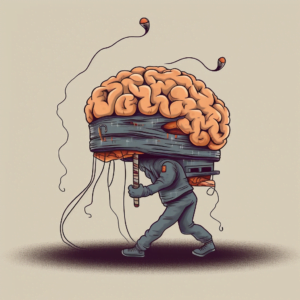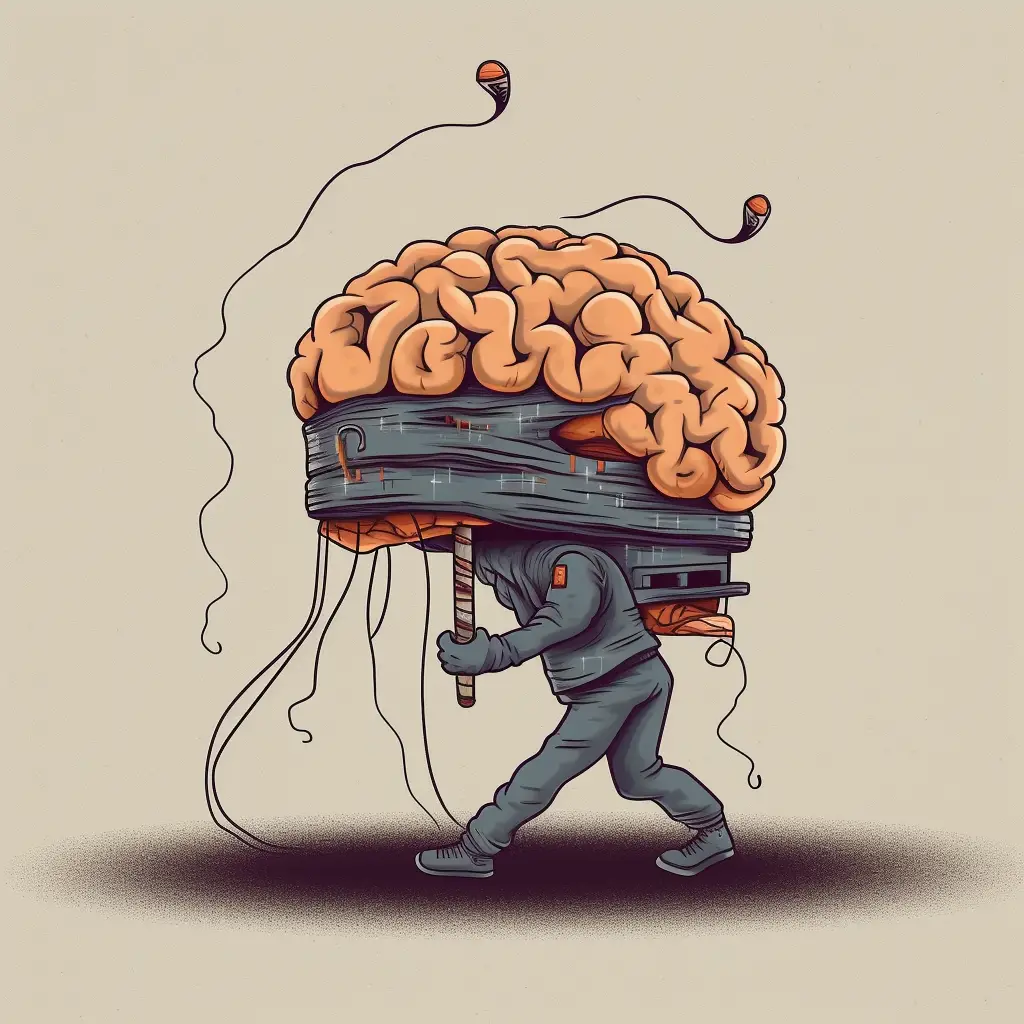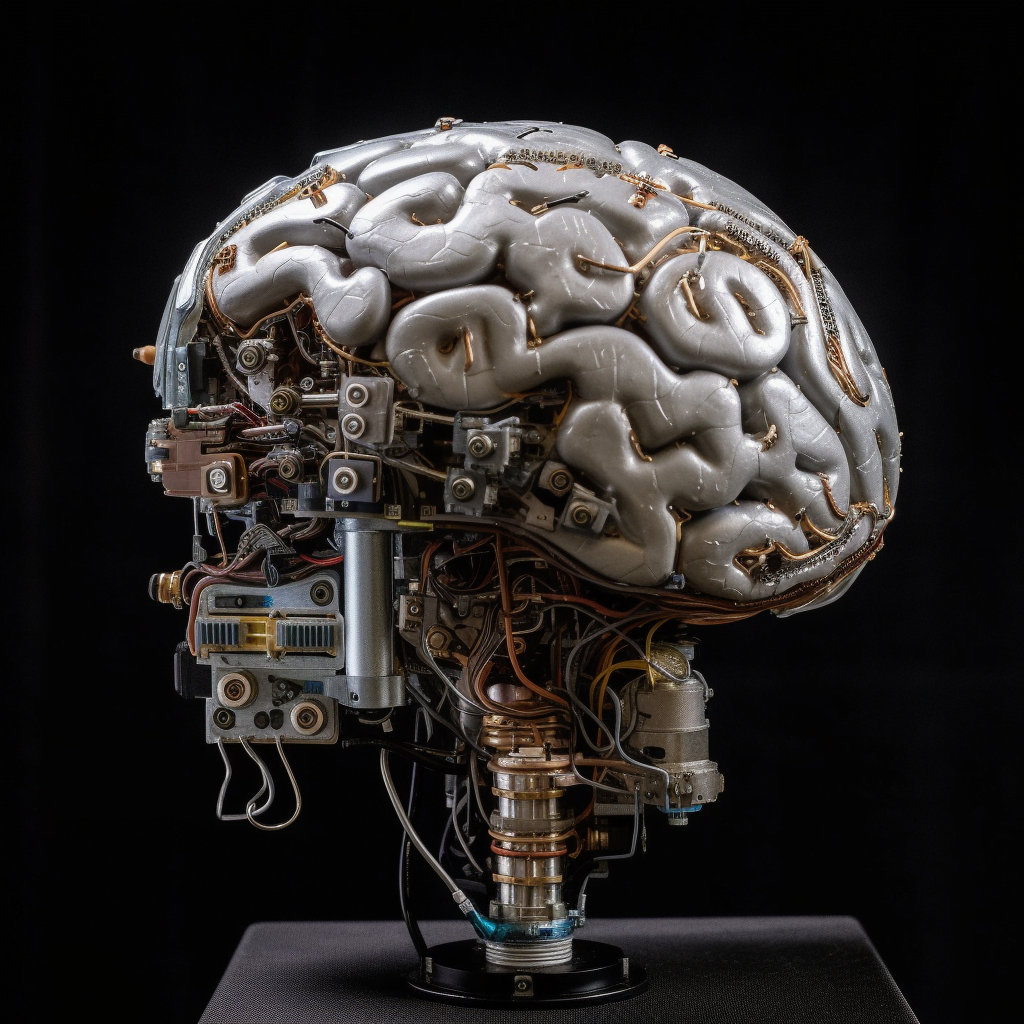
A successive approximation is when a subject is being trained to perform a specific task or response, and every step it gets closer to completing that desired response is a successive approximation. Because shaping involves the slow calibrated adjustments and coercion for a subject to eventually perform the desired response, each attempt is usually only an approximation of this final result. As such, each step along the way is called a successive approximation.
My girlfriend wants me to stop eating hamburgers. So every time I go to McDonald’s, she punishes me with a harsh love tap every bite I take. But when I reach for a chicken burger, I get a kiss. Each time I switch is a successive approximation for me to eventually stop eating succulent, juicy, delicious hamburgers. Dammit.
Training a Pigeon to Play the Piano… Sort of
Imagine a pigeon that’s given the task of playing a tiny piano, just for fun. At first, the bird has no idea what to do. It might peck at the ground, flap its wings, or just stare at the piano in confusion. But then, by chance, it taps a key with its beak. Suddenly, a tasty treat appears!
This pigeon is no fool. It quickly learns that tapping the keys equals tasty rewards. But it’s not quite a musical maestro yet. The pigeon must be guided through a series of successive approximations to become the next feathered Mozart.
Baby Steps, Not Giant Leaps
Successive approximations are like baby steps. It’s not about taking a massive leap to reach the end goal right away. Instead, it’s about taking small steps, each one closer to the desired behavior. Kind of like playing a game of “Hot or Cold,” with warmer meaning closer to the goal and colder meaning further away.
In the case of the piano-playing pigeon, the trainer might start by rewarding the bird simply for being near the piano. Then, they’d reward it for touching the piano, followed by rewards for pecking at the keys. Each time the pigeon gets a bit closer to the final goal, it’s rewarded and encouraged to keep progressing.
Shaping Behavior, One Approximation at a Time
Successive approximations help shape behavior by gradually increasing the requirements for a reward. It’s like playing a video game and leveling up to unlock new abilities, but in this case, it’s all about getting closer to that perfect piano performance (or, you know, the pigeon version of it).
As the bird gets better, the trainer will stop rewarding the earlier, less accurate behaviors. This process is called “extinction” and it’s like turning off an old, worn-out lightbulb that isn’t needed anymore. With each successive approximation, the bird learns what’s expected of it, and eventually, it’ll be tapping out tunes on that tiny piano like a pro.
Step by Step, We Get There
So, whether it’s a human trying to kick a hamburger habit, or a pigeon learning to play piano, successive approximations are the secret sauce to success. It’s all about taking small steps, adjusting behavior bit by bit, and celebrating each improvement along the way. Just remember: Rome wasn’t built in a day, and neither are perfect piano-playing pigeons!





